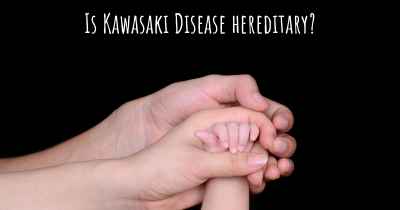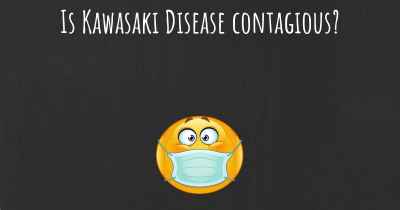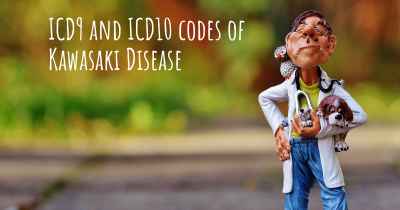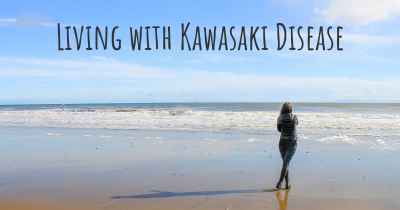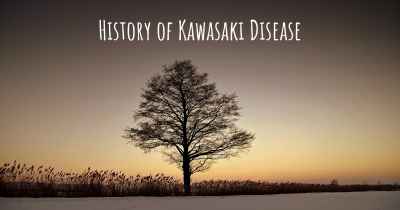What is the life expectancy of someone with Kawasaki Disease?
Life expectancy of people with Kawasaki Disease and recent progresses and researches in Kawasaki Disease
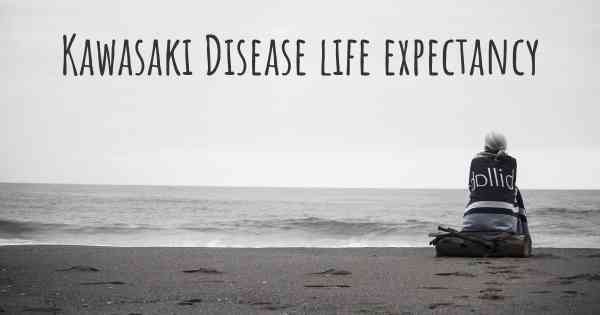
Kawasaki Disease is an acute illness that primarily affects children under the age of five. It is characterized by inflammation of blood vessels throughout the body, including the coronary arteries. If left untreated, it can lead to serious complications such as coronary artery aneurysms.
The life expectancy of someone with Kawasaki Disease depends on various factors, including the promptness of diagnosis and treatment. Early recognition and appropriate treatment with intravenous immunoglobulin (IVIG) can significantly reduce the risk of long-term complications. With timely intervention, the majority of patients recover fully and have a normal life expectancy.
However, it is crucial for individuals with a history of Kawasaki Disease to receive regular follow-up care to monitor their heart health and manage any potential complications. Seeking medical attention and adhering to recommended treatments are essential for ensuring the best possible outcomes.
Kawasaki Disease: Understanding Life Expectancy
Kawasaki Disease is a rare but serious condition that primarily affects children under the age of five. It is characterized by inflammation of the blood vessels throughout the body, including the coronary arteries that supply blood to the heart. While Kawasaki Disease can be alarming for parents and caregivers, it is important to note that with early diagnosis and appropriate treatment, the prognosis for most patients is excellent.
Diagnosis and Treatment:
Kawasaki Disease is diagnosed based on a combination of clinical signs and symptoms. These may include a persistent high fever, redness and swelling of the hands and feet, rash, bloodshot eyes, swollen lymph nodes, and irritability. In some cases, complications such as coronary artery aneurysms can occur, which may require additional monitoring and treatment.
Early intervention is crucial:
The key to managing Kawasaki Disease and minimizing potential complications lies in early intervention. Treatment typically involves administering high-dose intravenous immunoglobulin (IVIG) and aspirin therapy. IVIG helps reduce inflammation and prevent damage to the blood vessels, while aspirin helps prevent blood clot formation. Timely initiation of treatment within the first ten days of illness significantly reduces the risk of coronary artery abnormalities.
Long-term outlook:
With appropriate treatment, the vast majority of children with Kawasaki Disease recover fully and go on to lead healthy lives. The long-term outlook for these individuals is generally excellent, with a normal life expectancy. However, it is important to note that regular follow-up care and monitoring are crucial to ensure any potential complications are detected early and managed appropriately.
Coronary artery complications:
While most children with Kawasaki Disease do not experience long-term complications, a small percentage may develop coronary artery abnormalities. These abnormalities can range from mild dilation to the formation of aneurysms. Regular cardiac evaluations, including echocardiograms and stress tests, are typically recommended to monitor the health of the coronary arteries. In cases where significant abnormalities are detected, additional interventions such as medication or even surgical procedures may be necessary.
Prevention and ongoing care:
While the exact cause of Kawasaki Disease remains unknown, there are no known measures for preventing its occurrence. However, recognizing the signs and symptoms early and seeking prompt medical attention can greatly improve outcomes. Additionally, ongoing care and follow-up with a healthcare provider are essential to monitor the long-term health of individuals who have had Kawasaki Disease.
Conclusion:
In summary, Kawasaki Disease is a rare condition that primarily affects young children. With early diagnosis and appropriate treatment, the prognosis for most patients is excellent, and they can expect to live a normal life span. Regular follow-up care and monitoring are crucial to detect and manage any potential complications. While Kawasaki Disease can be concerning, it is important to remain informed, seek medical attention promptly, and provide ongoing care to ensure the best possible outcomes for those affected.
Posted Feb 7, 2018 by TUNÇ ALTIPARMAK 4620

